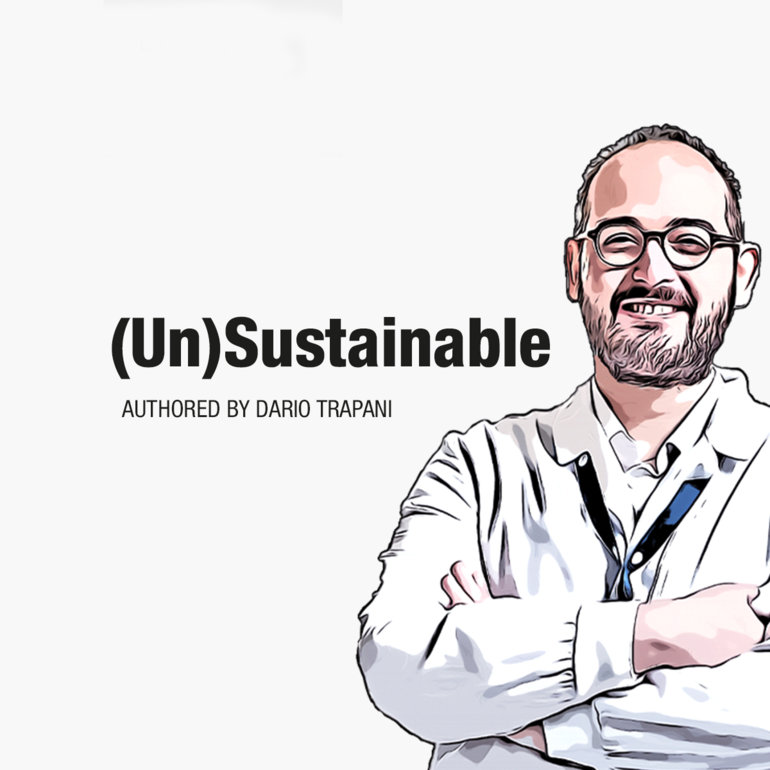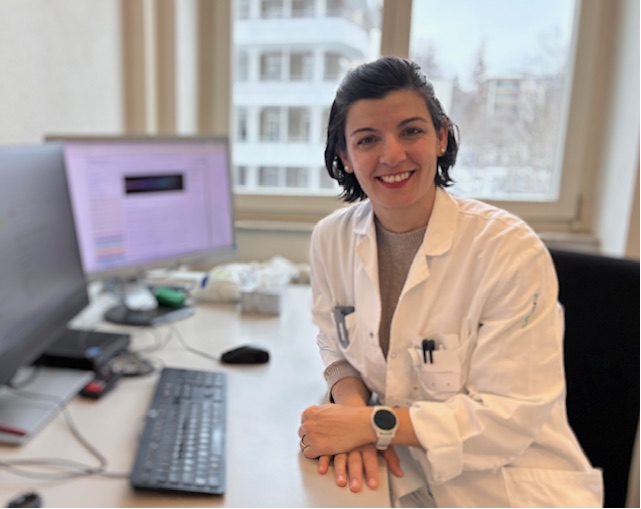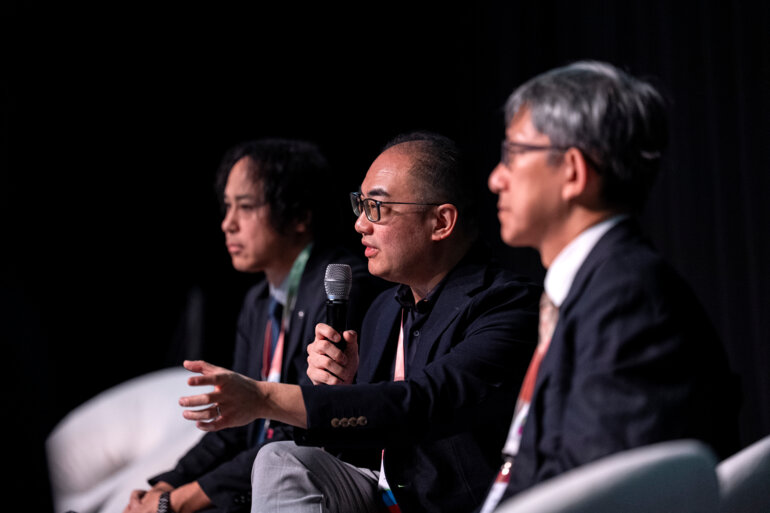Well-designed real-world observational studies are hypothesis-generating and impact therapeutic decisions
Real-world data (RWD) is a powerful tool that can not only fill knowledge gaps left by clinical trials, but it can also generate hypotheses for further investigations. However, as highlighted by a recently presented ESMO study, data quality is a major consideration in the effective use of RWD. An example of high-quality RWD, with a sufficiently long follow-up to allow observations on outcomes, was presented at the ESMO Asia Congress 2023 (Singapore, 1–3 December) (Abstract 335MO). Collected over a 10-year period, the study reported that standard-of-care R-CHOP and similar regimens were associated with disappointing effectiveness in an Asian multi-ethnic population of patients with diffuse large B-cell lymphoma, highlighting that patient and disease characteristics in the real world are different from clinical trials, with major impact in patient outcomes. It also describes an unmet need for improved therapeutic strategies. Importantly, the data reflected contemporary treatment of the entire cohort of patients from a reference national cancer centre, including elderly patients and those with poor performance status.
The study shows that in order to truly inform disease management, RWD needs to be collected for all patients and not restricted to specific populations. In contrast to clinical trial data, which can be considered to represent ‘perfect data from the imperfect, highly selected patient’, RWD represents ‘imperfect data from the perfect patient’, that is, the patient we see in the clinic. The beauty of RWD is that imperfect data can be made better by improving data sources and by using advances in technology to enhance data extraction from electronic medical records (EMRs) and to facilitate data curation and qualification.
Also in Singapore, other examples of the value of RWD to inform research are given by presentations that provide hypothesis-generating insights on diagnosis prediction and management of immunotherapy-related toxicities. Studies such as these should help towards making progress in this area, but, in general, the recording of safety and quality-of-life is one of the major limitations of current RWD. The high incidence of missing or incomplete data may negatively impact the interpretation of toxicity in the real world. To achieve a full picture, we need a collaborative approach that combines EMR completion by clinicians, nurses and pharmacists with mobile applications that collect data directly from patients.
Some ESMO initiatives, including the development of the ESMO Guidance for Reporting Oncology real-World evidence (GROW) (Ann Oncol. 2023:S0923-7534(23)04018-8), might help building infrastructures to collect high-quality data and improve analysis, with a direct impact on the reporting side. As clinicians, we need to embrace this source of information and recognise its increasingly useful contribution – outcomes from well-designed observational research are already confirming we are on track.






